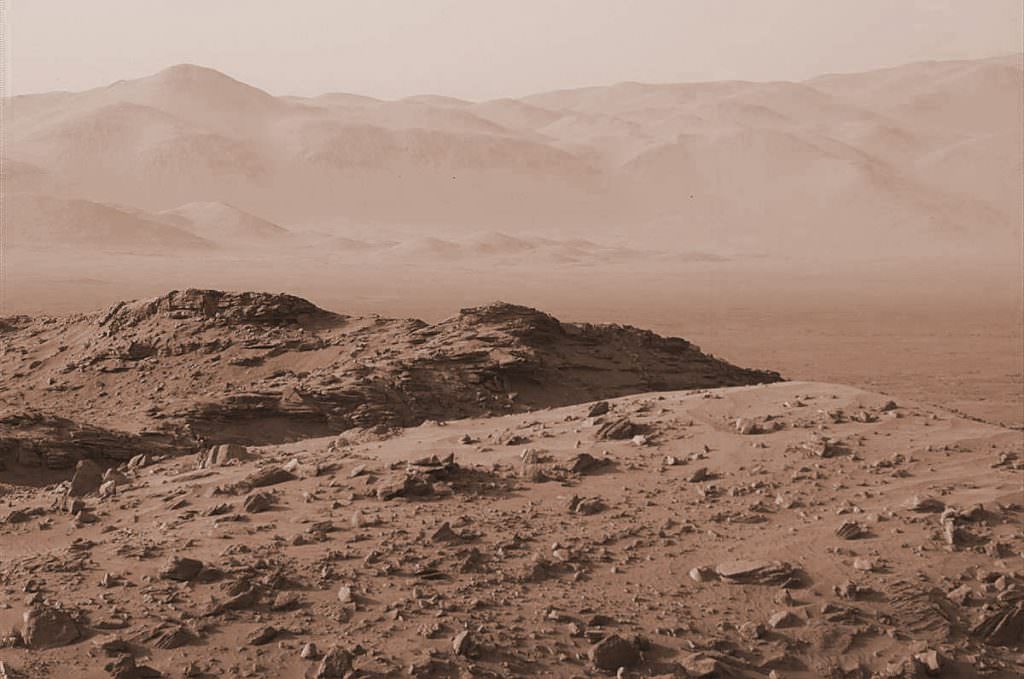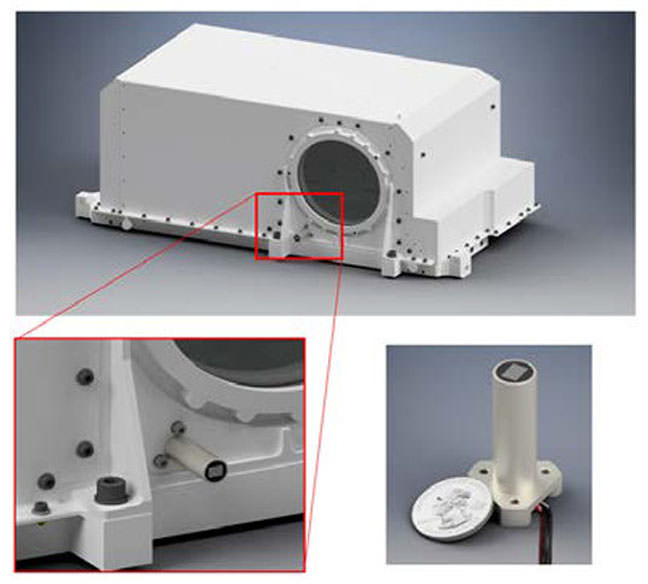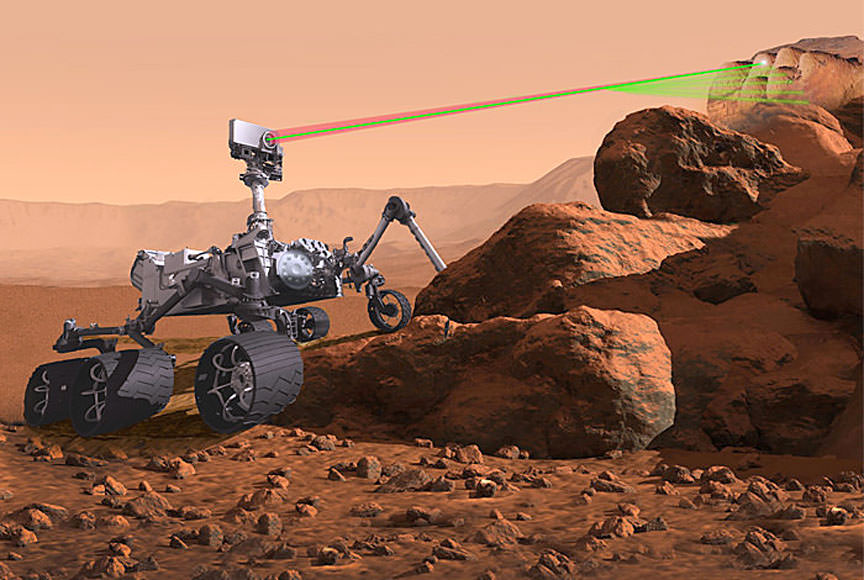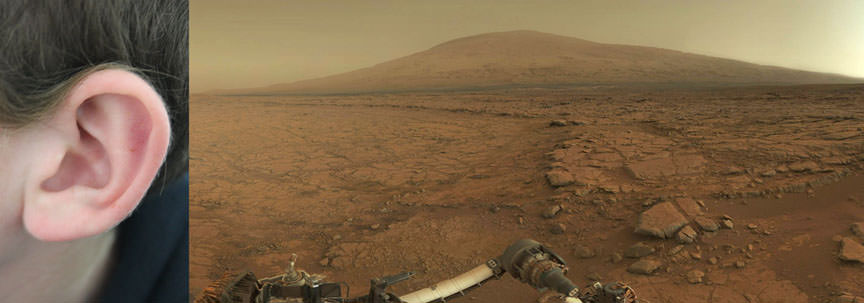
We all love that feeling of “being there” when it comes to missions to other planets. Juno’s arrival at Jupiter, New Horizons’ flyby of Pluto and the daily upload of raw images from the Mars Curiosity rover makes each of us an armchair explorer of alien landscapes. But there’s always been something missing. Something essential in shaping our environment — sound.

NASA recently gave the go-ahead for the Mars 2020 rover that will bristle with a new suite of science instruments including a microphone. Hallelujah! Finally, we’ll get to listen to the sound of the Martian wind, the occasional whirl of dust devils, the crunch of rocks beneath the rover’s wheels and even sharp pops from laser-zapped rocks!

The staff and membership of The Planetary Society have been trying for 20 years to get a working microphone to the Red Planet. One flew aboard NASA’s Mars Polar Lander mission in 1998 but that probe crashed landed when its engine shut down prematurely during the descent phase. In 2008 the Society partnered with Malin Space Science Systems to include its next microphone in the descent imager package on the Mars Phoenix lander in 2008. While that mission was successful, the imager (along with its microphone) was turned off for fear it might cause an electrical problem with a critical landing system. Mission planners hoped it might be turned on later but whether it was a money issue or fear of shorting out other critical lander instruments, it never happened. Heartbreaking.
One sound souvenir we did get from Phoenix comes to us from the European Space Agency’s Mars which recorded the radio transmissions from the lander as it descended. The signals were then processed into audio within the range of human hearing. Give a listen, there’s a music to it.

The Mars 2020 mission, which is expected to launch in the summer of 2020 and land the following February, will search directly for signs of ancient Martian life as well as identify and cache samples and specimens at several locations on the surface for pick-up by later missions. The microphone would be housed with the rover’s SuperCam, a souped-up version of Curiosity’s ChemCam, which fires a laser at rocks and soils from a distance to analyze the resulting vapors for their elemental composition.
SuperCam will also shoot a laser to vaporize rocks and spectroscopy to tease out their molecular and mineral composition. The microphone would be mounted on a tube sticking out of the electronics box housing SuperCam and used for scientific purposes but I suspect for public outreach as well. One of its more intriguing uses will be to record the ‘snap’ or ‘pop’ when a rock is struck with the laser. Based on the volume of the sound, scientists can estimate the specimen’s mass.
NASA plans to land the 1-ton rover using the same sky crane method that settled Curiosity to the surface in dramatic fashion. While the rover will be busy photographing the entry, descent and landing sequence, the microphone will record the ambient sound. Synched together, this should make for one of the most compelling videos ever!

The microphone will also be used to augment studies of Martian weather (the aforementioned winds and dust devils) and listen to the rover’s creaks, groans and whir of its motors as the car-sized machine rolls across the alternately sandy and rocky surface of Mars. The Planetary Society is collaborating with the SuperCam team to make the most of the microphone. Who knows what else we might hear? Exploding fireball overhead? Static electricity? Rhythmic winds? Blowing sand? Slime-slap of alien pseudopods? OK, probably not the last one, but new instruments often reveal completely unexpected phenomena.
It’s been hard as hell getting a microphone on a space mission. They’ve had to compete with other instruments considered more essential not to mention the precious space the device would take up and the burden of additional mass. Mission planners consider every fraction of a gram when building a space probe because getting it into Earth orbit and blasting it to a planet takes energy. Rockets only hold so much fuel!
Your Voice on Mars
You might wonder if Mars’ atmosphere is thick enough to carry sound. The good news is that it is, but unlike Earth’s much denser nitrogen-oxygen mix, Martian air is 100 times thinner and composed of 95% carbon dioxide. If you could snap off your helmet and talk out loud on the Red Planet, your voice would sound deeper and not travel as far. Scientists liken it to having a conversation at 100,000 feet (30,500 meters) above Earth’s surface. Check out the crazy video for a simulation.
Now that you’ve made it to the end of this story, sit back and pump up the volume. We’ll have ears on Mars soon!
Pump Up the Volume by M|A|R|R|S

